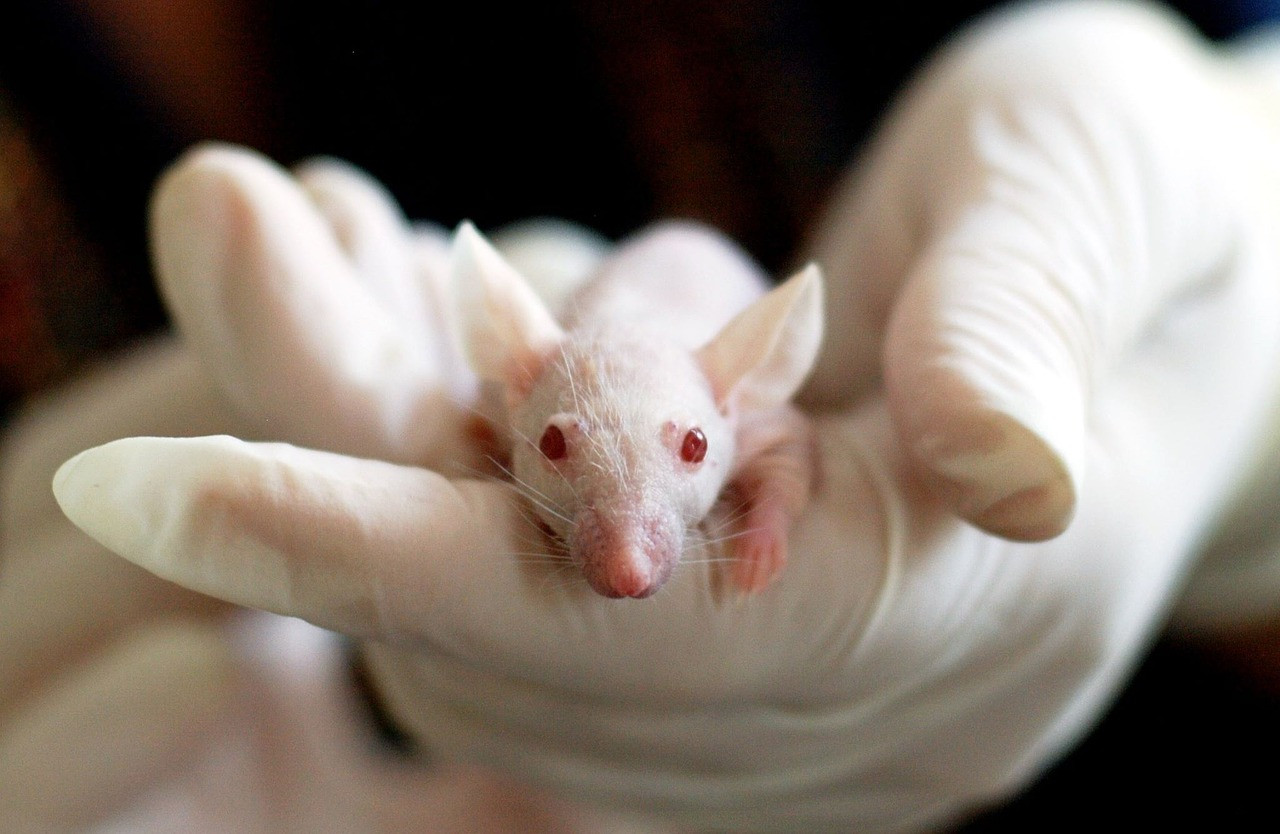
The use of animals in research poses many welfare risks including those associated with housing, nutrition, social groupings, handling practices, interventions and fate of the animals. These risks may result in pain, fear, physical injury, disease, anxiety and distress resulting in suffering and/or reduced ability to function normally. Addressing these issues is the responsibility of all involved, including animal ethics committees, researchers, animal technicians, animal house attendants and the relevant institutions.
Meeting the physical, social and behavioural needs of different species of animals used in research is challenging. Although some research activities may have minimal negative impact on animals, in general, animal welfare will be compromised to some degree for the majority of animals used in research. Researchers have a responsibility to minimise harm to animals and maximise good welfare [1].
The main welfare risks for animals used in research are associated with how the animals are managed, experimental procedures and the animals’ fate.
Management practices
The main areas which affect the welfare of animals in research are suitability of housing to meet the animals’ physical, social and mental needs, and appropriate handling.
The environment in which laboratory animals are housed is vitally important for their overall wellbeing. Barren cages do not provide mental stimulation and opportunities to express natural behaviours such as taking cover, building nests, exploring, gaining social contact and allowing choice and control by the animal over their environment. Lack of sufficient mental stimulation has been shown to lead to poor brain development or abnormal repetitive behaviours (known as stereotypies) in animals [2]. For example, it is believed that repetitive wire gnawing and jumping in laboratory mice is due to frustrated attempts to escape barren cages.
The other important aspect is the manner in which animals are handled and restrained. Appropriate training of animal carers and researchers is paramount to ensure handling is calm, gentle and safe to avoid fear and injury.
Experimental procedures
The types of procedures carried out on animals will depend on the aims of the research.
Procedures which pose the greatest welfare risks are:
- procedures or conditions being assessed as part of the research (e.g., inflicted injury such as spinal cord damage or burns, causing disease, exposure to toxins); and
- tissue or sample collection procedures for research evaluation (e.g., blood collection which may be performed multiple times).
Refinement of procedures (e.g., administering pain relief, using saliva rather than blood for testing) and ensuring staff are competent, can reduce negative impacts on animals.
Fate of animals
The majority of animals used in research will ultimately be killed for many reasons including obtaining samples for testing, disease control and avoiding further suffering. All methods used pose animal welfare risks and cause some pain and suffering. For example, the use of carbon dioxide gas has been used extensively to kill some species of laboratory animals but its use has been challenged due to welfare concerns including delayed time to loss of consciousness and suffering caused [3].
Over recent years, efforts to rehome animals after they have been used for research have increased, particularly for dogs, cats and rabbits. Although this is encouraging, research institutions need to invest significantly more in rehoming programs. It is essential that animals are suitably prepared for adoption through appropriate socialisation and training and that adopters are able to provide an acceptable level of care.
The most effective way to minimise welfare risks affecting animals used in research is to avoid using animals. For example, with cosmetics, the RSPCA encourages consumers to look for the ‘bunny’ logo of the established certification body Cruelty Free International as products with this logo will have been independently assessed. Where testing is done, the number of animals used must be minimised and management practices and experimental procedures must be carried out humanely through ensuring staff are appropriately trained and, housing and enrichment being of a high standard.
The wider community can also help ensure that the welfare of animals used for research is safeguarded through lobbying for appropriate legislation, standards, monitoring and enforcement.
The RSPCA is opposed to the use of animals for research or teaching where it causes or is likely to cause injury, pain, suffering and distress to the animals involved and where this cannot be prevented or adequately controlled.
References
[1] Prescott MJ, Lidster K (2017) Improving quality of science through better animal welfare: the NC3Rs strategy. Nature 46(4):152-156.
[2] Balcombe JP (2006) Laboratory environments and rodent behavioural needs: a review. Laboratory Animals 40:217-235.
[3] Steiner AR, Flammer SA, Beausoleil NJ et al (2019) Humanely ending the life of animals: Research priorities to identify alternative to carbon dioxide. Animals 9, 911.
